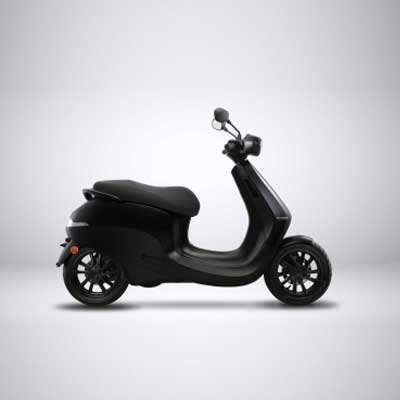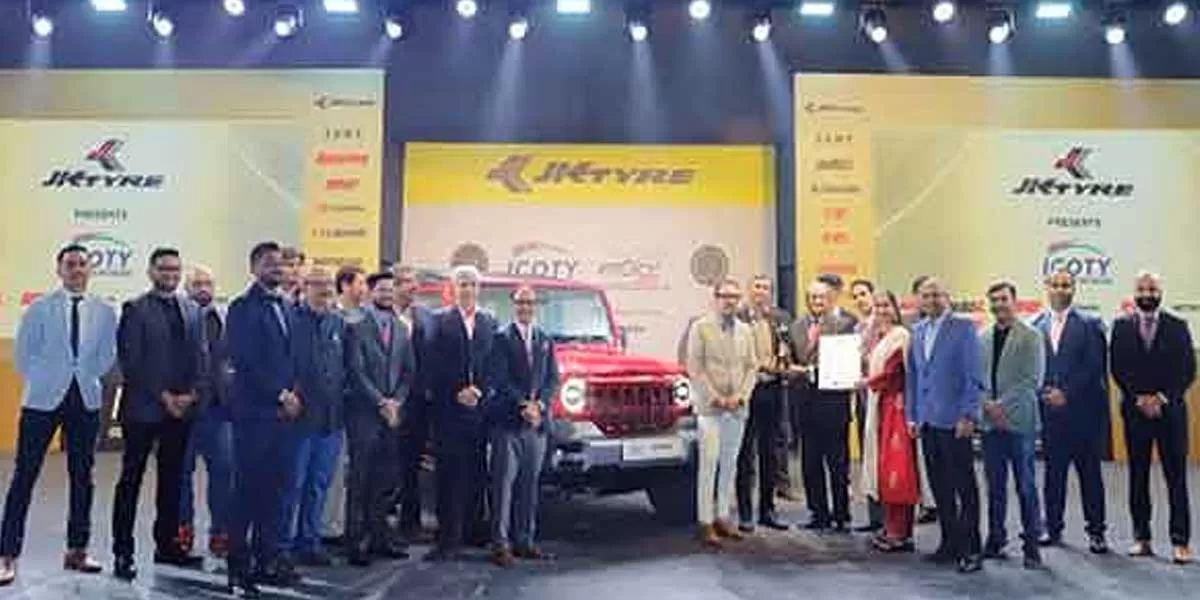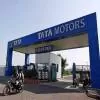
Redefine the future of urban mobility! Join us at the Metro Rail Conference 2025 to explore groundbreaking ideas and insights. 👉 Register today!

JK Tyre Marks India’s Automotive Growth with 20th ICOTY
The Indian Car of the Year (ICOTY) and Indian Motorcycle of the Year (IMOTY) awards, proudly presented by JK Tyre ever since its inception, was held at the beautifully curated Levitas Lounge in New Delhi. Recognised as the most prestigious accolade in the Indian automotive industry, these awards celebrate a remarkable legacy of innovation and excellence. The event was graced by prominent industry leaders, renowned journalists, and members of the automotive fraternity. This year's occasion was particularly significant as it marked the 20th anniversary of ICOTY.Dr. Raghupati Singhania, Chairman ..

MHADA Announces Major Relief for Master List Beneficiaries
The Mumbai Building Repair and Redevelopment Board of MHADA has made an important decision to grant conditional possession of tenement to the close heirs of eligible original tenants/residents listed in the master list lottery. This decision was announced by MHADA’s Vice President and CEO, Sanjeev Jaiswal, IAS, during a recent meeting held at the MHADA headquarters. On December 28, 2023, the board conducted a computerized lottery for 265 eligible tenants/residents from old cess buildings listed in the master list to allocate tenements. However, after allotment letters were issued for flat ..

Novelis Aims to Raise $750 Mn through 5-Year Bonds
Novelis Inc, a subsidiary of Hindalco Industries based in the United States, announced plans on Thursday to raise $750 million via bond issuance. The company aims to utilise the proceeds from this offering to repay $738 million of existing debt, with any remaining funds allocated to strengthening its balance sheet. The bond offering consists of $750 million in senior notes at an interest rate of 6.875 per cent, maturing in January 2030. This marks a $250 million increase from Novelis’ earlier announcement. As a leading provider of sustainable aluminium solutions, Novelis had reported a decli..















